India is the world’s largest democracy, but its political map is far from uniform. While national parties like the BJP and Congress dominate headlines, it’s the regional parties that often call the real shots at the state level.
In recent decades, regional parties have not only gained popularity, but they’ve also fundamentally reshaped Indian politics.
From language pride in Tamil Nadu to sub-national identity in West Bengal, regional parties are voices of local aspiration in a complex, diverse nation.
Let’s explore how these parties rose to prominence—and why they matter now more than ever.
🇮🇳 What Are Regional Parties?
Regional parties are political parties that primarily operate within a specific state or region of India. Unlike national parties, they do not aim to contest across the country. Instead, they focus on local issues, regional identity, and state-level governance.
Examples include:
DMK / AIADMK in Tamil Nadu
TMC (Trinamool Congress) in West Bengal
Shiv Sena and NCP in Maharashtra
BJD in Odisha
TRS (now BRS) in Telangana
AAP in Delhi and Punjab
JMM in Jharkhand
Akali Dal in Punjab
📈 Why Did Regional Parties Rise?
1. Linguistic and Cultural Identity
India’s diversity means one-size-fits-all politics doesn’t work. After the States Reorganisation Act (1956), language-based states emerged, and with them, language pride and cultural movements.
DMK rose to prominence in Tamil Nadu by opposing the imposition of Hindi.
TMC in Bengal emphasises Bengali pride.
Shiv Sena began with a focus on Marathi manoos identity.
2. Failure of National Parties
Following the Emergency (1977), the Congress Party began to lose its monopoly on power. States began demanding more autonomy. National parties couldn’t always address state-specific grievances, creating a vacuum that regional parties filled.
3. Coalition Politics at the Centre
The 1990s saw a shift to coalition governments in Delhi. Regional parties became kingmakers, joining hands with national parties to form the government. Their influence grew beyond state borders.
4. Governance Track Record
Some regional leaders (like Naveen Patnaik, Nitish Kumar, and KCR) gained trust through consistent state-level governance, even when national parties were embroiled in scandals or infighting.
🧭 How Regional Parties Changed Indian Politics
🔹 1. More Federalism
India’s political system became less centralised. Regional parties fought for greater state autonomy, more financial devolution, and local language rights, strengthening India’s federal structure.
🔹 2. Hyper-Local Manifestos
Unlike national parties, regional parties focus deeply on local issues:
Water distribution
Farmer subsidies
Regional education policies
Local employment guarantees
Caste-based representation in the state
🔹 3. Representation for Marginalised Voices
Many regional parties emerge from social justice movements:
BSP for Dalits
RJD / SP for OBCs
JMM for tribal rights
TDP / YSRCP for Andhra Pradesh development
They give a voice to communities underrepresented in national discourse.
🔁 Regional vs National: Conflicts and Collaborations
While regional and national parties often clash, they also cooperate, especially during coalition eras.
Examples:
UPA (2004–2014): Supported by DMK, NCP, TMC
NDA (1998–2004): Supported by TDP, AIADMK, Akali Dal
Current NDA: Includes allies like JD(U), Shiv Sena (Shinde faction), and LJP
But tensions remain:
Regional parties oppose centralisation
They resist government interference, Delhi-based policymaking, and language mandates
They push back against attempts to weaken state rights
🎯 This push and pull is the essence of Indian democracy—a constant negotiation between the Centre and the States.
📍 Where Regional Parties Are Strongest
1. Tamil Nadu – DMK vs AIADMK
Dravidian politics dominate. No national party has ruled the state in decades.
2. West Bengal – TMC
Mamata Banerjee’s Trinamool ended the 34-year Left rule. BJP is trying to make inroads but faces strong regional resistance.
3. Odisha – BJD
Naveen Patnaik’s Biju Janata Dal has ruled for 20+ years, balancing development with identity politics.
4. Telangana – BRS (formerly TRS)
Formed the state in 2014 and has ruled it since, led by K. Chandrashekar Rao.
5. Maharashtra – A mix of Shiv Sena (split), NCP (split), Congress, and BJP
Coalition drama is constant here, but regional power still holds major influence.
📲 Regional Parties in the Digital Era
Today’s regional parties have modernised:
Active on Twitter, Facebook, and YouTube
Live-stream speeches and manifestos
Use regional languages for stronger online engagement
Parties like AAP have shown how digital branding + grassroots campaigning = rapid growth across states.
🤔 Challenges Facing Regional Parties
While popular, regional parties face several hurdles:
Dynasty politics in many (e.g., SP, DMK, RJD, TDP)
Fragmentation and internal splits (e.g., Shiv Sena, NCP)
Difficulty in scaling beyond their state
Dependence on charismatic leaders
Risk of being sidelined during nationalist waves
Yet, their survival and success show they reflect real, local issues that national parties often overlook.
🗨️ Are Regional Parties the Future?
Absolutely.
As India grows more diverse and more aware, the desire for localised governance will only grow. Voters now demand:
Accountability from local leaders
Cultural respect and regional pride
Tailored development policies
In short: India votes nationally, but thinks locally.
Regional parties will continue to be powerful players—not just in state assemblies, but also in shaping India's national direction.
✅ Final Thoughts: The Heartbeat of Indian Democracy
Regional parties represent more than just a part of India—they represent what it feels like to live in a part of India.
They speak the local language, understand the local culture, and fight for local concerns. As national parties try to centralise control, regional parties will remain guardians of India’s diversity.
🎯 Whether you support them or not, their rise is proof that Indian democracy is loud, layered, and deeply regional.


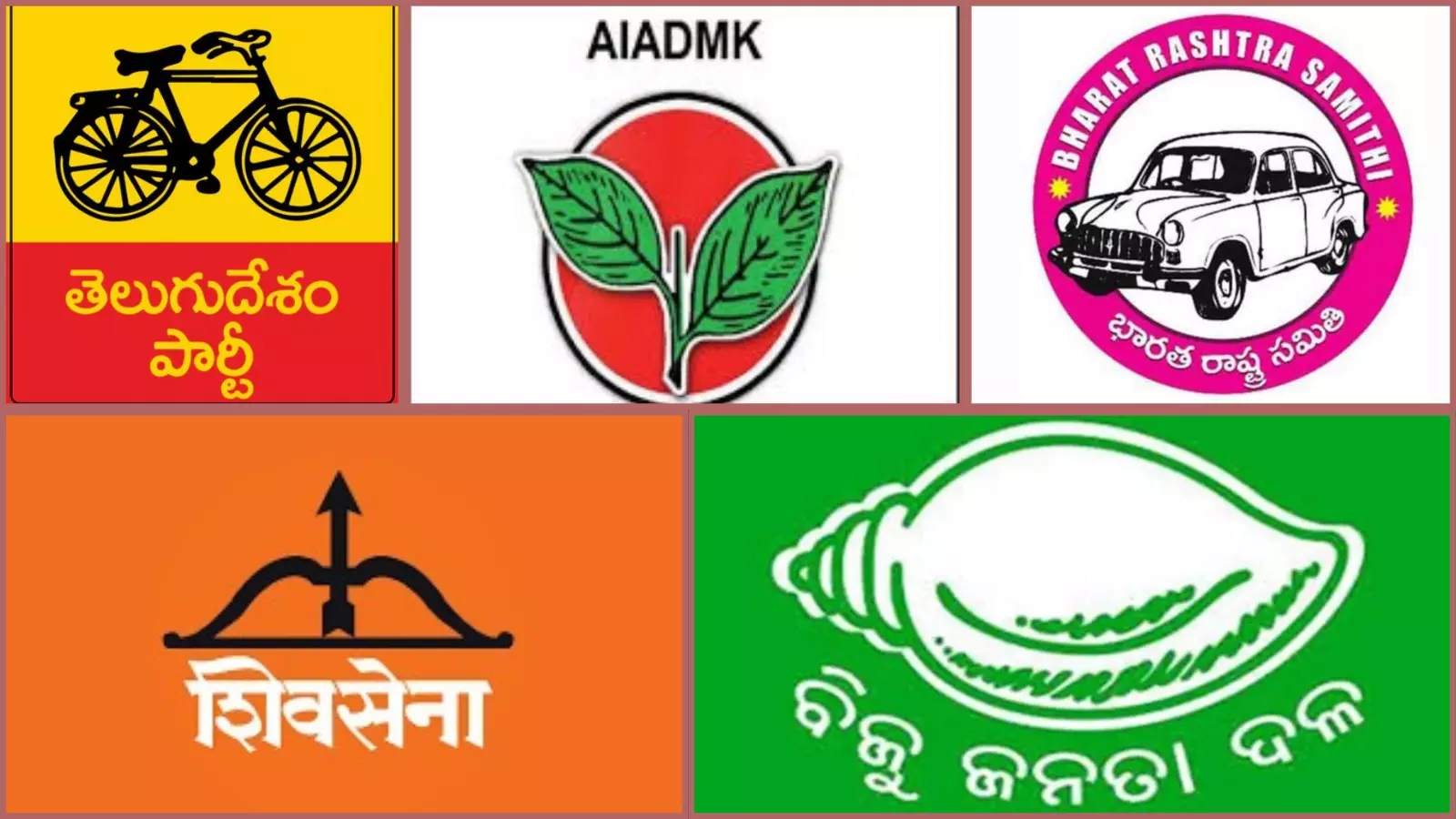

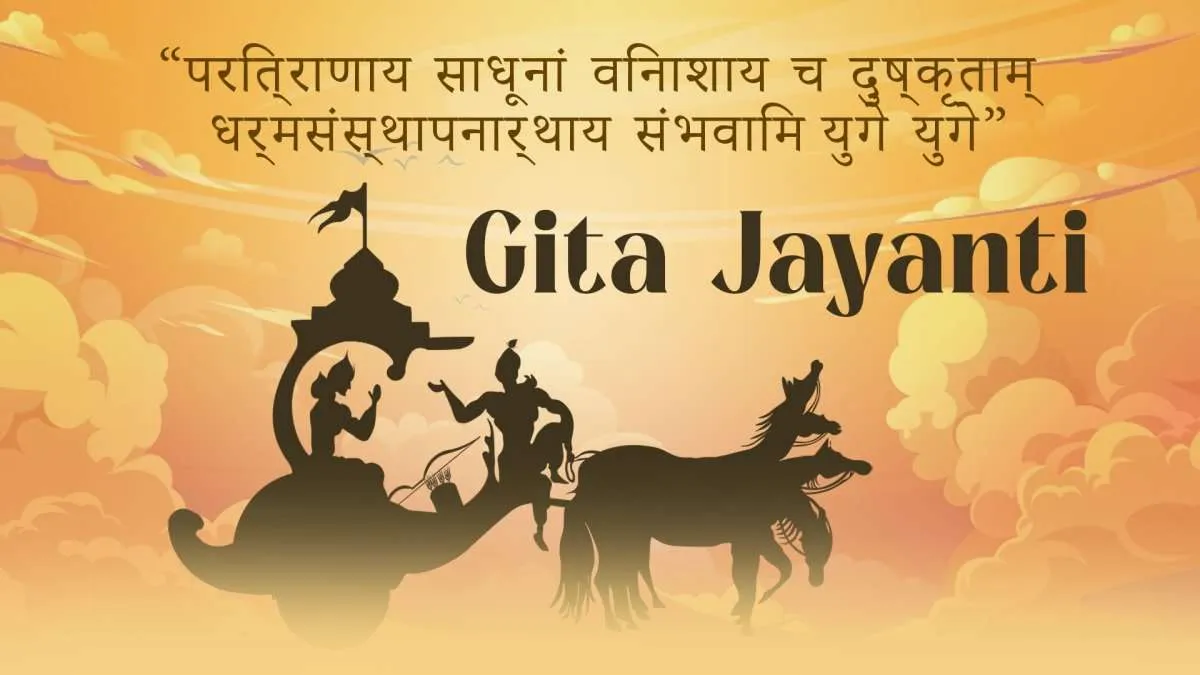
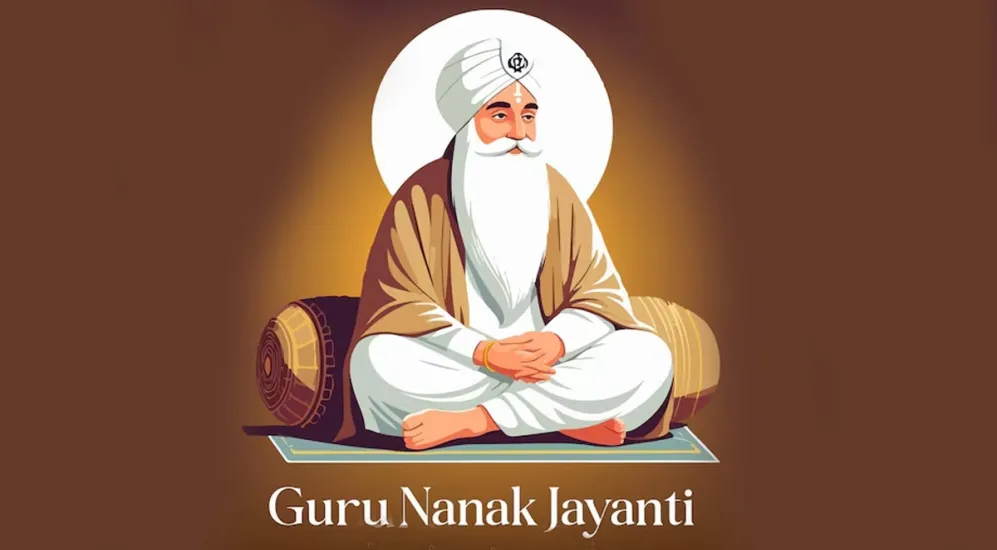
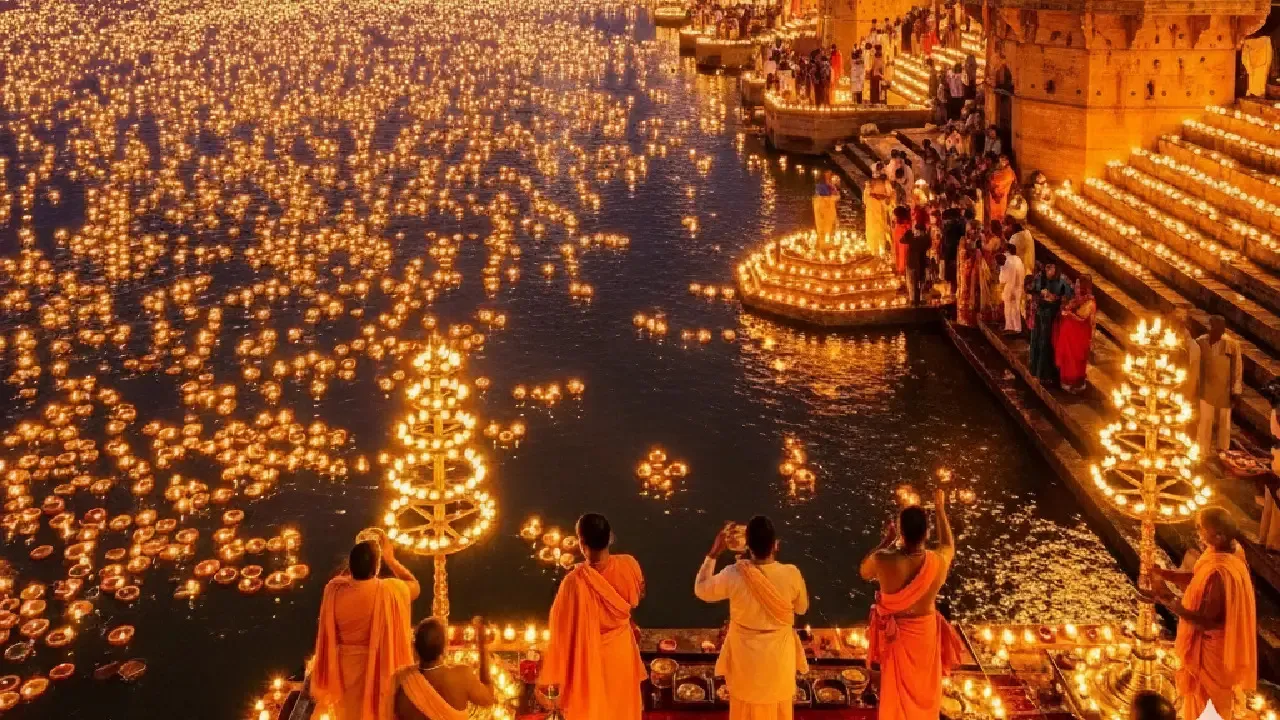
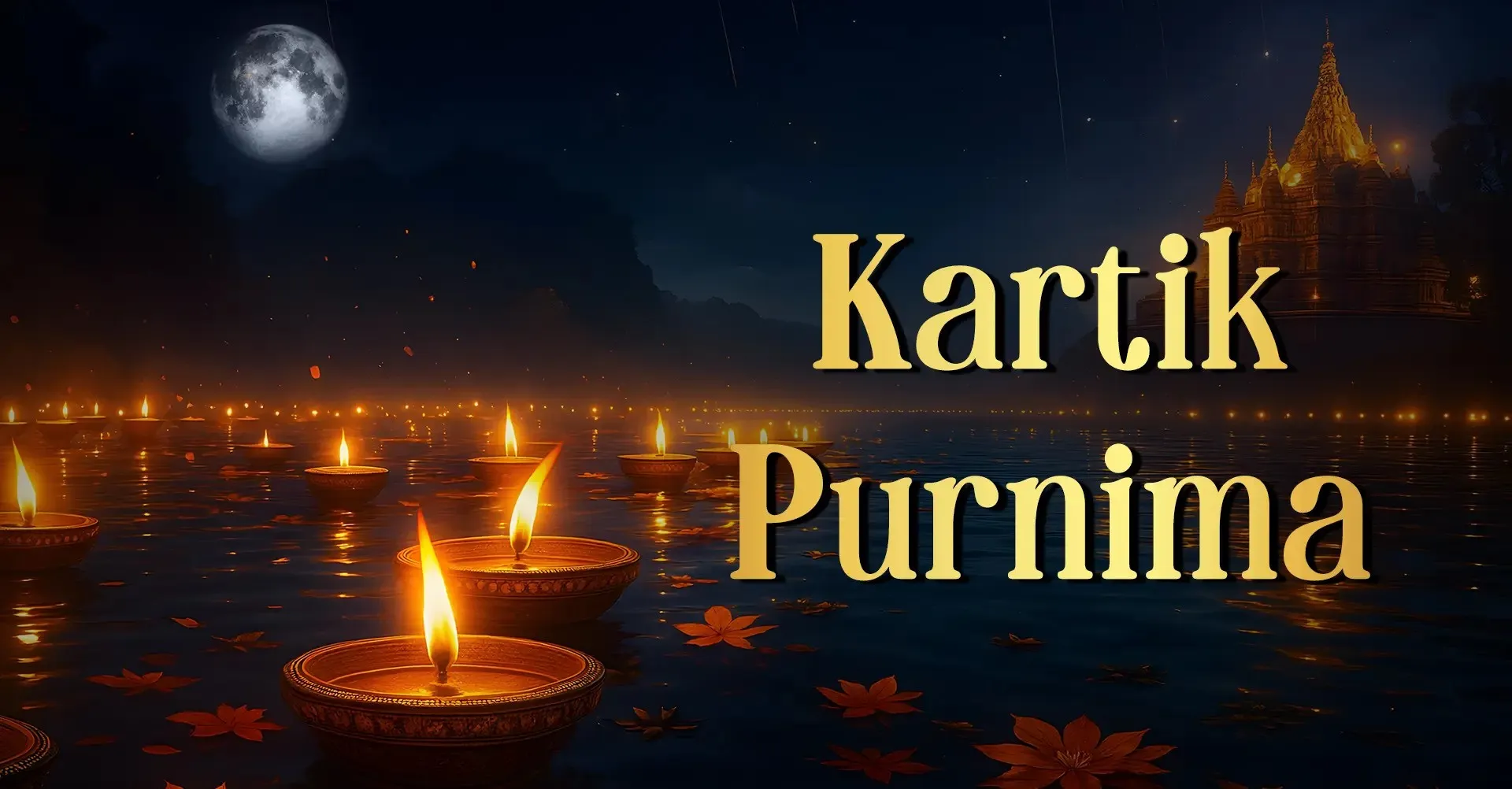
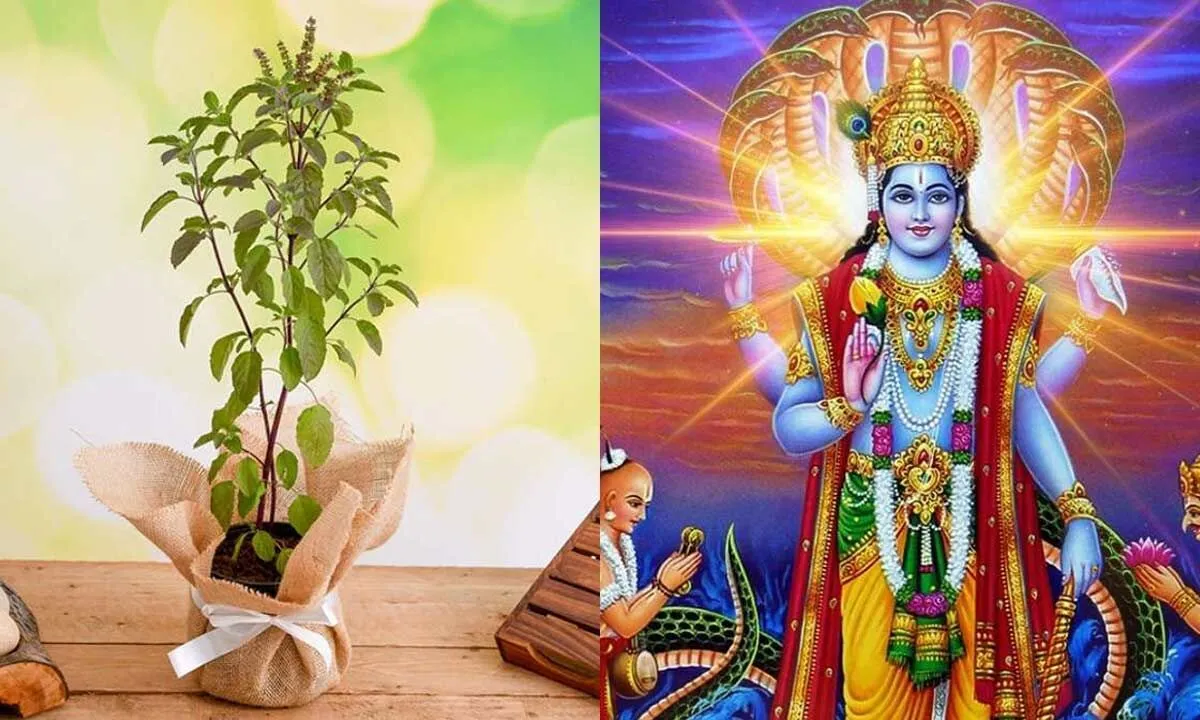
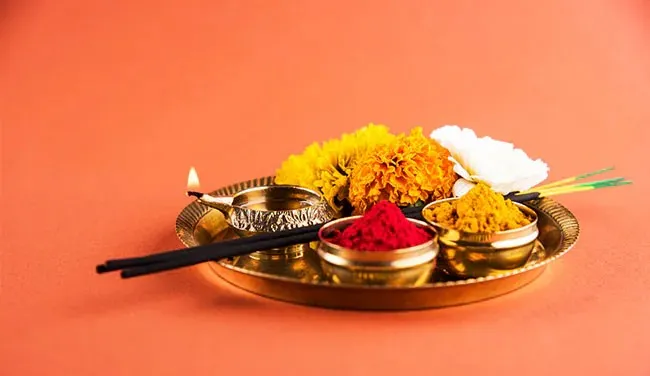
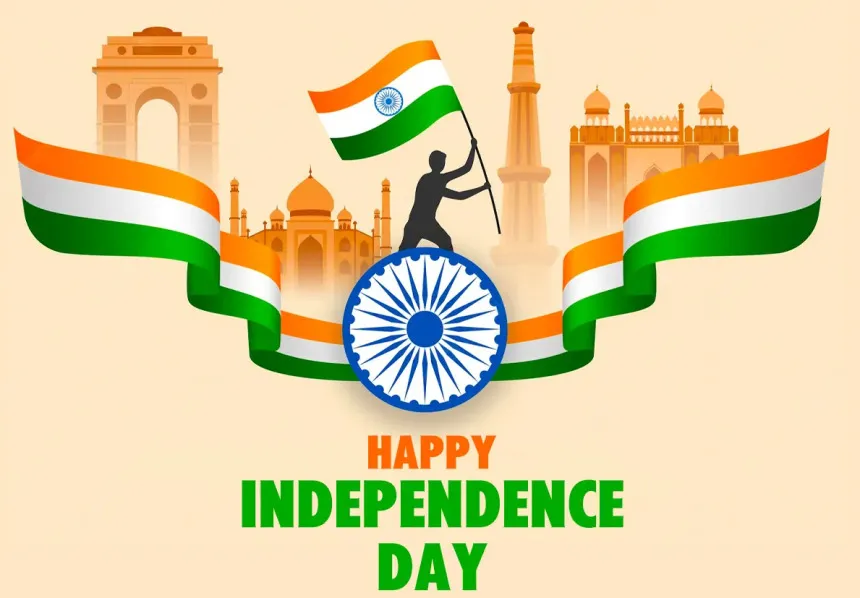

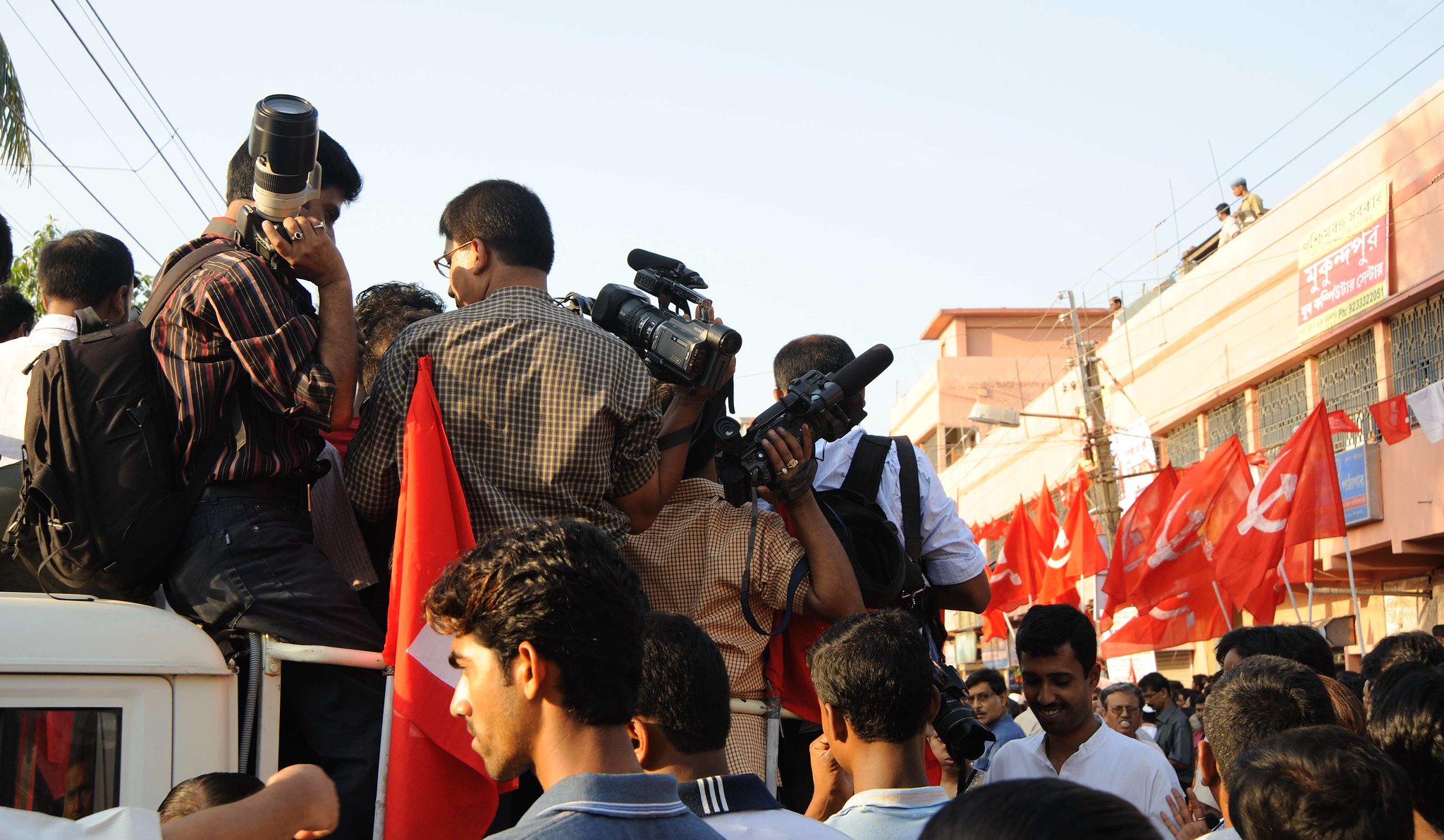
Recent Comments
No comments yet.